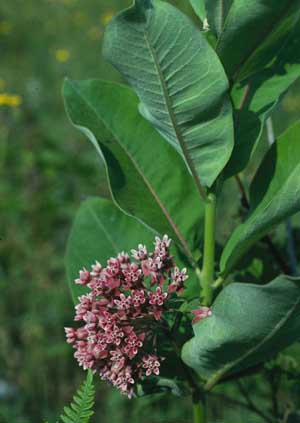|
|
 30 cardiac glycosides DHJanzen100269.jpg high resolution
|
|
|
You have already met Asclepias syriaca - the North American common milkweed plant - in the mimicry lecture. Its cardiac glycoside would probably just one more in the long list of compounds that protect plants from their herbivores, except that it also gives protection to the US national butterfly - the monarch. So as to not repeat myself here, I suggest reviewing those slides in the context of secondary compound biology. Another widely known cardiac glycoside is digitalin, from foxglove (Digitalis purpurea, Scrophulariaceae), which is used to stimulate heartbeat in people with a heart attack - too much, however, and the patient turns into victim with tetanus of the heart muscle. Incidentally, cardiac glycosides are also given to wild birds to get them to regurgitate their stomach contents (for study of their diet) and then released (biologists are strange people, no?). |
||
back to lecture slides
or skip to: